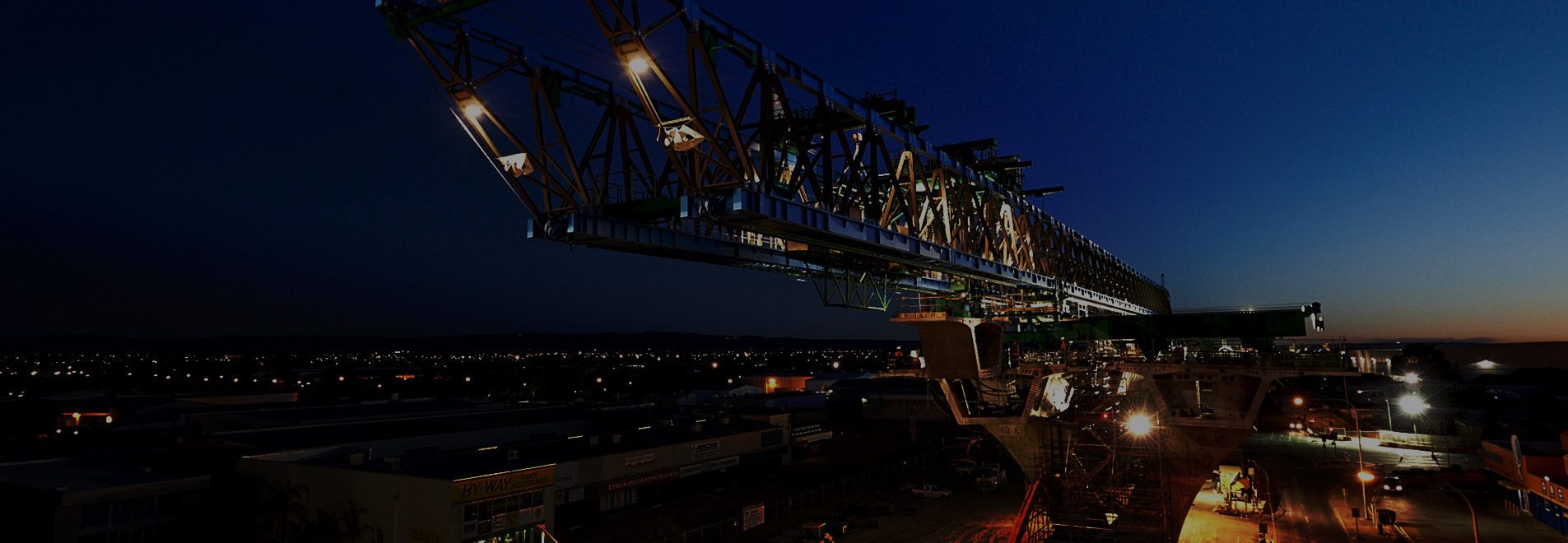
Many businesses don’t recognise the importance of having constraints in your business. Constraints are generally seen as a bad thing not a good thing.
Constraints are things that on the surface prevent you from expanding your activity levels. In consulting this is the number of consultants you employ, in mining this may be the capacity of your mills, and in infrastructure it may be the number of qualified project managers you have or cranes that you own. Constraints represent positive bottlenecks and the aim is to maximise your utilisation and efficiency of your bottlenecks in your business. They can be people resources (not just number of people, but the right mix of people), plant and equipment, production capacity, administration capacity, management capacity and so forth.
As soon as you debottleneck generally the next constraint appears. Previously the bottleneck may have been your accounts payable department so you employed more people, and now your bottleneck may become your purchasing department.
One of the things the Japanese manufacturing approach was very good at was leaving constraints in place and using them to drive innovation. For example due to cost of land they would not expand their warehouse but get their people to become more innovative through just in time inventory.
Constraints force you to think smarter and be more innovative. They also challenge you to do more with less.
One strategy is to intentionally impose constraints on a business to keep it lean and efficient. One way to make people more efficient and focus on value would be to impose a constraint on work hours. Make a rule that the office closes at 5.30pm and demand that people look to prioritise, focus and become more efficient. The newfound innovative mind-set will generate innovations well beyond what you expect and make it a better and sustainable business.



